A dangerous strain of avian influenza (bird flu) is now wreaking havoc on every continent except Australia and the rest of Oceania. While we remain free from this strain for now, it’s only a matter of time before it arrives.
Penguins in Antarctica, pelicans in Peru, sea lions in South America and dairy cows in the United States have all been hit by fast-spreading and often lethal high pathogenicity avian influenza, known as HPAI H5N1.
Indeed, avian influenza is knocking on our door right now. Just today, a case of avian influenza was reported in a return traveller, and Victorian authorities have confirmed avian influenza on an egg farm. Importantly, authorities have confirmed the virus affecting chickens is not the virus we are most worried about. Authorities are responding and we expect more information to come in the days ahead.
Researchers and biosecurity authorities are on high alert, monitoring poultry farms and testing wildlife. They could do with our help. Anyone who comes across dead or dying birds – or mammals – should report them to the Emergency Animal Disease Watch Hotline.
The Rise Of An Animal Pandemic
Avian influenza is a viral disease that infects birds, but can infect other animals.
There isn’t just one strain of avian influenza found in wild birds – there’s a diversity of subtypes and strains. Most cause no disease at all, and are naturally found in wild birds, including in Australia.
But others are deadly. The HPAI H5N1 clade was first detected in a goose in China, back in 1996. HPAI viruses cause high levels of sickness and death in both wild birds and poultry. It spreads rapidly and kills many of the birds – and animals – it infects.
HPAI H5N1 has been endemic in poultry in Asia for decades, driving virus evolution and the emergence of a diversity of different virus clades (a clade is similar to a variant).
In 2005 we saw the first mass mortality event in wild birds. The virus spread to Europe and Africa through both poultry trade and potentially wild birds.
In 2014 the virus again entered Europe with wild birds, with spread to North America the same year, and in 2016, to Africa.
But the real change came in 2020. The number of outbreaks in poultry and wild birds dramatically increased. In 2021, reports streamed in of mass mortality events in Europe and the virus rapidly travelled the world. The world was in the grip of a “panzootic” – a global pandemic in animals.
This particularly lethal clade of the virus jumped the Atlantic and reached North America around October 2021. A few months later, it again jumped to North America, but this time across the Pacific. In around October 2022, the virus entered South America, where it travelled an astonishing 6,000 kilometres to the southern tip of the continent in approximately six months.
The first cases were detected on the sub-Antarctic islands in October 2023 in brown skuas, scavenging birds. It’s since been found in penguins, elephant seals, fur seals and Antarctic terns. By February this year, the virus was detected on the Antarctica Peninsula).
Globally, millions of wild birds are likely to have been affected. In South America alone, about 650,000 wild birds were reported dead. Many more are never reported.
This virus is threatening the survival of entire species. For example, 40% of all Peruvian pelicans in Peru have died. Scientists spent years trying to bring back Californian condors from extinction, only to watch them succumb in 2023.
It will take years to fully comprehend the impact this panzootic has had around the world. Some populations of birds and even entire species may never recover.
Scientists are especially concerned about Antarctic wildlife.
Most Antarctic species are found nowhere else on Earth. Many live in large colonies, which makes it easier for the virus to spread.
Questions remain over whether the virus will persist in Antarctica over winter and how it will spread in spring or summer.
From Birds To Mammals
More than 50 species of predatory and scavenging mammals have now been recorded dying from avian influenza, most likely after eating dead birds.
Particularly concerning are the deaths of 30,000 South American sea lions, 18,000 southern elephant seal pups in Argentina and dairy cows on at least 51 farms across the US.
A recent study from Uruguay shows sea lions were dying before mass bird deaths, suggesting mammal-to-mammal spread may be driving outbreaks in coastal South America.
Since the virus appeared in dairy cows in America, it has spread to herds across ten US states. We are still learning about how the virus affects cows, but infected cows produce less milk because of infection in their udders. A recent study suggests this is because udders have receptors similar to those found in birds.
The US Food and Drug Administration states pasteurisation is effective against this virus.
Globally, only 13 human cases have been confirmed due to this particular variant of HPAI H5N1, but noting that over 800 cases have been recorded since 2005. So far, one dairy worker is known to have caught the virus from cows.
The World Health Organization considers the risk of human infection to be low although the risk is higher (low to medium) for poultry farmers and other animal-exposed workers. There is no sign of human-to-human transmission.
Australia, The Lucky Country
To date, Australia and New Zealand have avoided HPAI H5N1. Australia has a nationally coordinated surveillance system for wild birds. This includes long-distance migratory birds such as shorebirds and seabirds.
Millions of migratory birds arrive from northern Asia each year in spring. That means August to November will be our highest risk period.
In response, in both 2022 and 2023 we collected almost 1,000 samples from recently arrived migratory birds without detecting the virus. Routine testing of dead birds by others around Australia has also come back negative.
We know migratory birds have arrived carrying other strains of avian influenza into Australia. It is only a matter of time before this HPAI H5N1 arrives.
Ducks have played a crucial role in moving the virus from place to place in the Northern Hemisphere. Studies in Asia and North America have shown some duck species are able to migrate while infected, as not all ducks die from the infection. One reason we think that Australia may have been spared so far because no ducks migrate here from Asia.
When the virus does arrive, it will likely threaten entire species. Black swans are highly susceptible. Overseas, pelicans, cormorants, penguins, gannets, terns, gulls and seals have been amongst the hardest hit.
This spring, please look out for sick or dead wild birds or marine mammals and report it. Surveillance could help us manage the virus. ![]()
Michelle Wille, Senior research fellow, The University of Melbourne
This article is republished from The Conversation under a Creative Commons license. Read the original article.

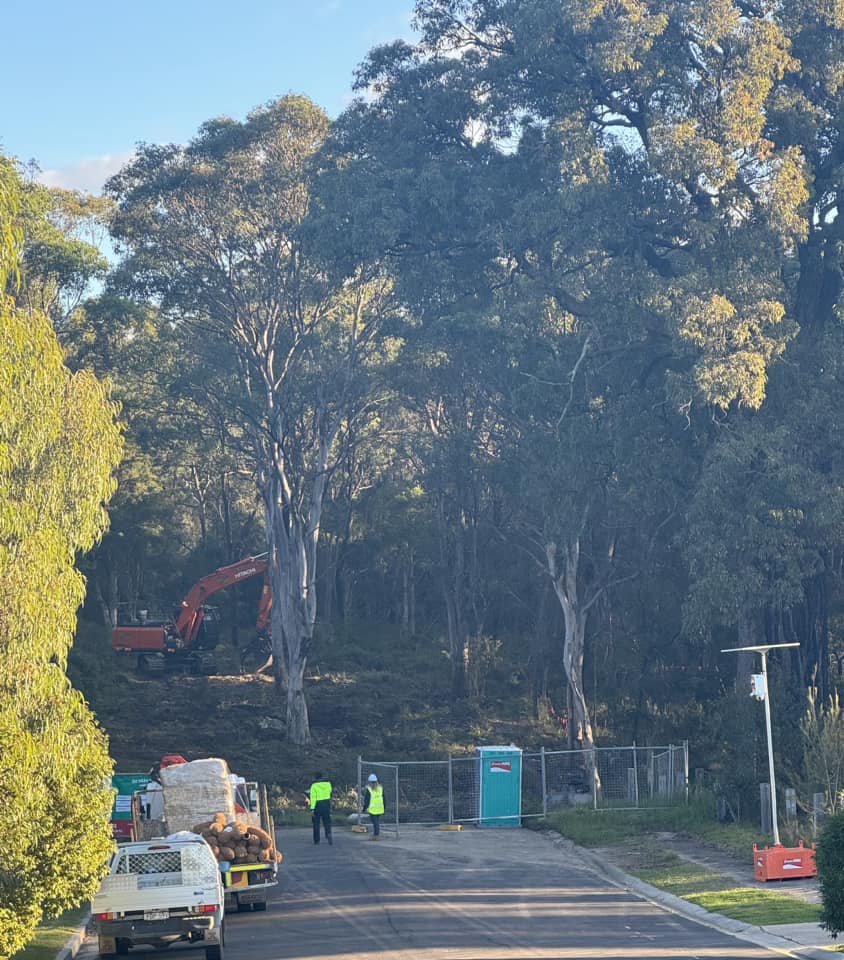
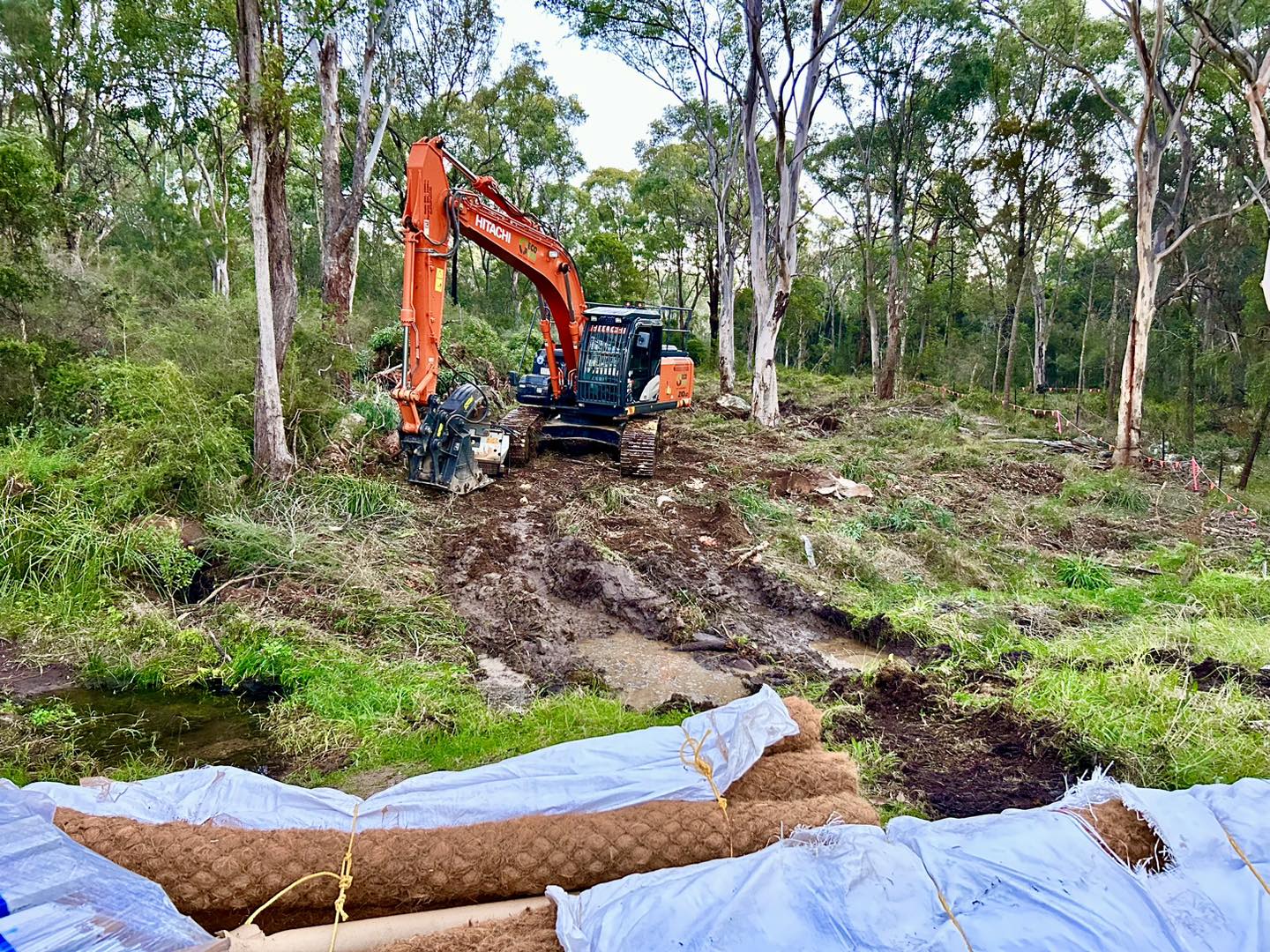


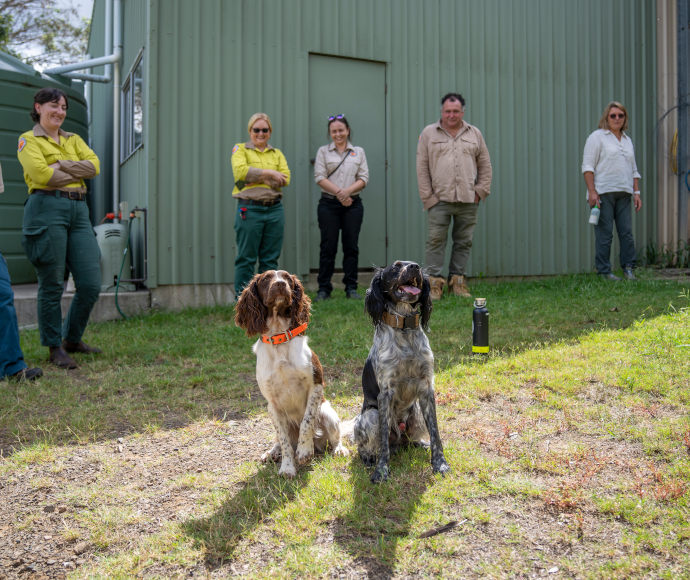
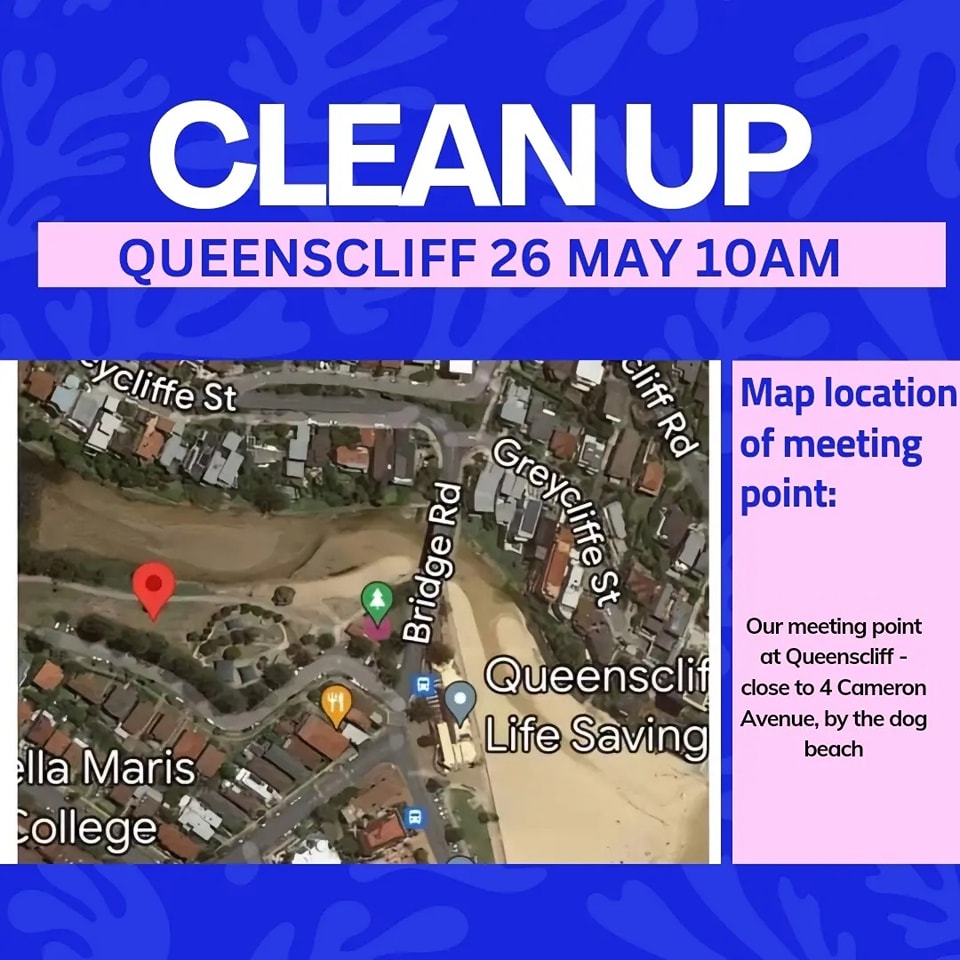
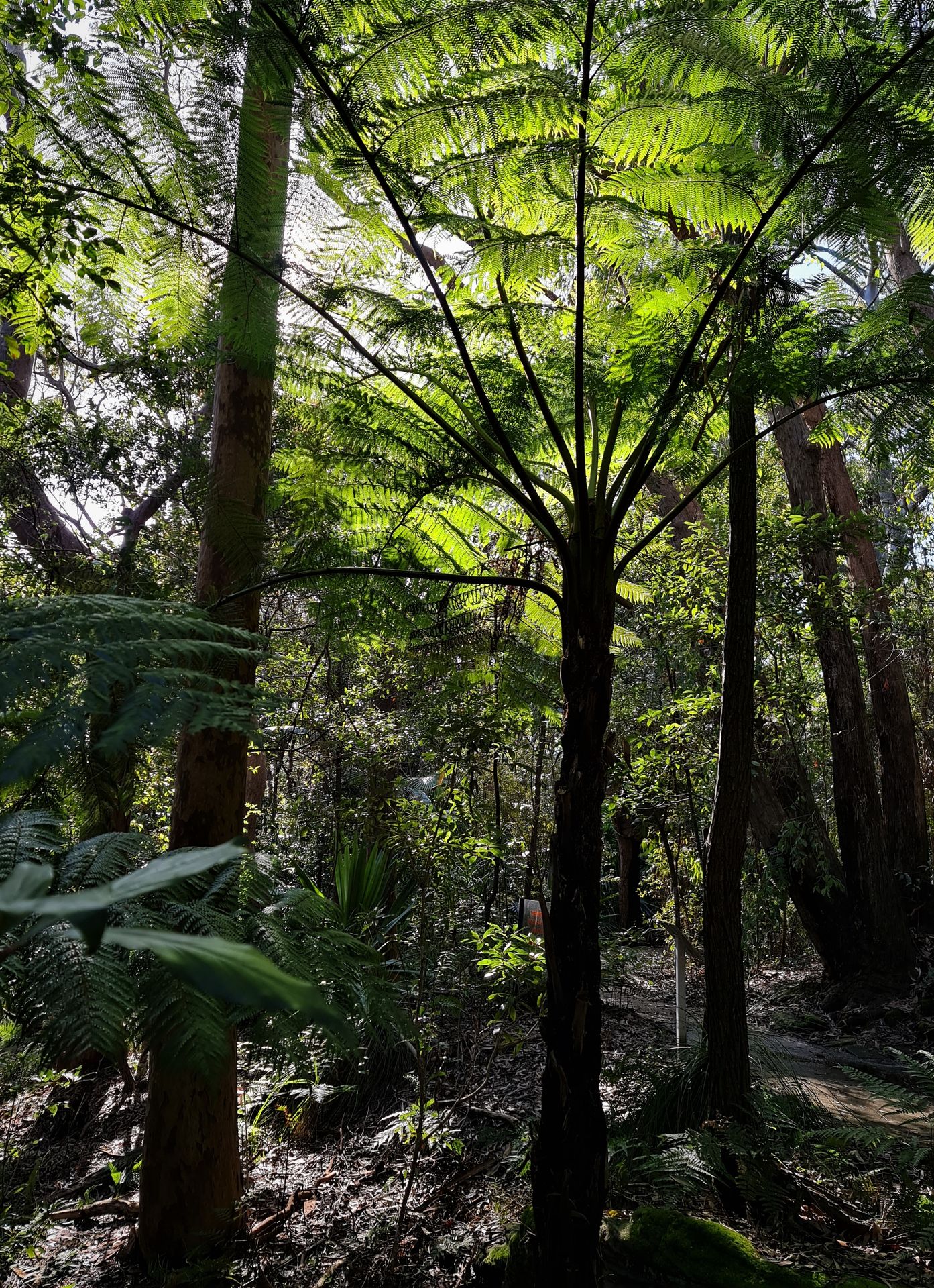





%20(1).jpg?timestamp=1675893929686)

.JPG.opt1460x973o0,0s1460x973.jpg?timestamp=1663629195339)






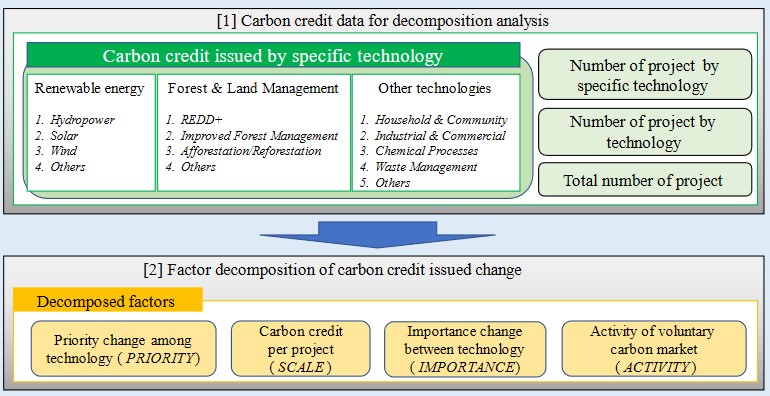


































































.jpg?timestamp=1716318728240)
_2.jpg?timestamp=1716318765318)

.jpg?timestamp=1716318175720)
































